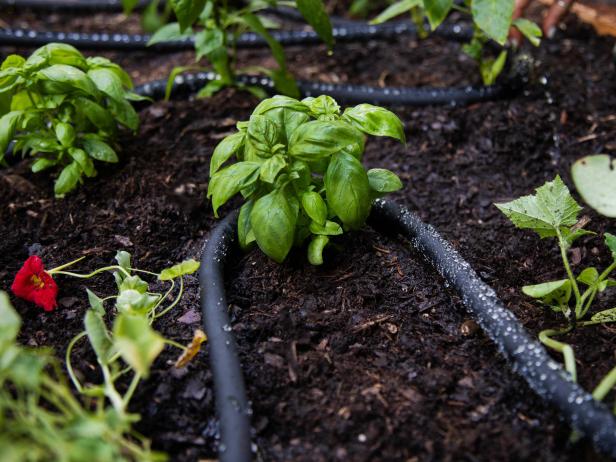Core Concepts
The author emphasizes the importance of proper watering techniques to ensure plant health and water conservation, highlighting the impact of watering habits on plant growth and environmental stewardship.
Abstract
Proper watering practices are crucial for plant health and water conservation. Watering too much can lead to fungal growth, while insufficient watering results in shallow roots. The timing of watering is essential, with early mornings being the best time to water plants. Deep watering at longer intervals encourages root growth, promoting healthier plants. Directing water at the base of plants and avoiding wetting foliage helps prevent fungus and ensures efficient water usage. Using irrigation systems close to the ground or selecting appropriate sprinklers minimizes water loss due to evaporation or wind. Mulching with composted material aids in soil cooling, moisture retention, and weed prevention.
The Proper Way to Water Your Garden
Stats
Soaking the soil to a depth of 5 to 6 inches encourages plants to grow deeper roots.
Lawns need an inch of water per week during dry spells.
Trees and shrubs should be directly watered every 7 to 10 days.
Quotes
Key Insights Distilled From
by at www.hgtv.com 02-21-2024
https://www.hgtv.com/outdoors/gardens/planting-and-maintenance/the-proper-way-to-water-your-garden
Deeper Inquiries
How can we encourage more widespread adoption of proper watering practices beyond gardening enthusiasts?
To encourage more widespread adoption of proper watering practices beyond gardening enthusiasts, education and awareness campaigns are essential. Providing information on the importance of efficient watering techniques, such as watering early in the morning to reduce evaporation and fungal growth, can help people understand the benefits not only for their plants but also for water conservation efforts. Collaborating with local governments to implement water-saving initiatives and regulations can also promote the use of best practices in watering across communities. Additionally, showcasing successful examples of sustainable gardening practices through social media platforms or community events can inspire others to follow suit.
What are some potential drawbacks or limitations of the recommended watering techniques?
While the recommended watering techniques outlined in the context are effective for promoting healthy plant growth and conserving water, there are some potential drawbacks or limitations to consider. For instance, one limitation could be the time commitment required for deep watering at fewer intervals compared to light and frequent irrigation. Some individuals may find it challenging to adjust their schedules to accommodate this method. Another drawback could be the initial cost associated with investing in specialized equipment like soaker hoses or drip irrigation systems, which may deter people from adopting these efficient watering methods initially. Moreover, improper implementation of these techniques could lead to overwatering or underwatering plants if not done correctly.
How does understanding proper hydration for plants translate into broader environmental awareness?
Understanding proper hydration for plants is a crucial aspect of broader environmental awareness because it highlights our interconnectedness with nature and resources like water. By learning how different factors such as timing, frequency, and method of watering impact plant health and overall ecosystem sustainability, individuals become more conscious about their water usage habits. This knowledge extends beyond just caring for garden plants; it fosters a deeper appreciation for natural resources and encourages responsible stewardship of our environment. Implementing efficient watering practices not only benefits plant life but also contributes to larger conservation efforts by reducing water waste and promoting ecological balance within our surroundings.
0
